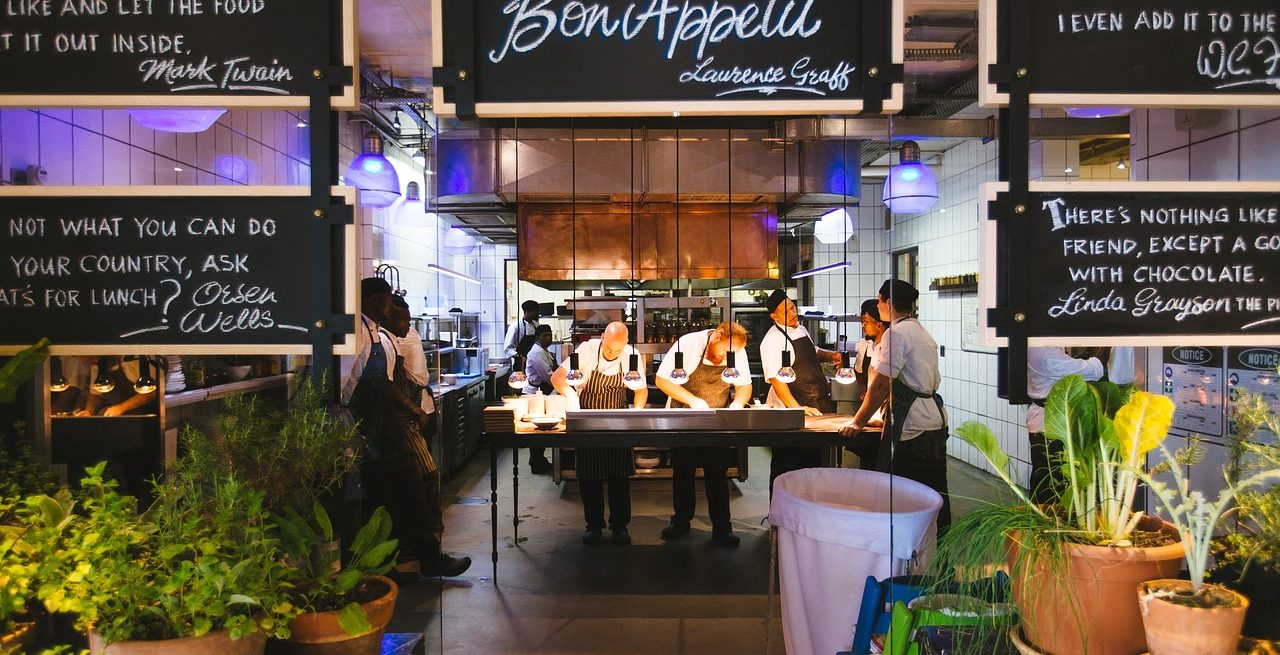Why Are Sustainable Restaurants Important?
4 Min Read By Matthew S. Hollis
Many businesses and industries are making a commitment to sustainability to help avoid the reduction of our world’s natural resources. In the restaurant business, how does sustainability come into play? Why are sustainable restaurants important?
Implementing eco-friendly practices will ultimately improve the health of customers and the environment. Here are a few ways that restaurants can easily implement sustainable procedures into their everyday routines.
Start from the Ground Up
The products used to build and maintain your restaurant should be environmentally-friendly. Biodegradable products (cups, utensils, plates, etc.) free of carcinogens can reduce the amount of waste in landfills, as well as the amount of plastic that ends up in our oceans. Cleaning supplies should be free of chlorine and ammonia, chemicals that can cause skin irritation, eye irritation, and respiratory problems. Mats used in kitchens can be made from recycled materials, like tires, rubber, or plastic to cut down the production of new plastic.
Start Composting
Instead of dumping leftover food into solid waste, create a compost bin. Composting leftover food can reduce greenhouse gases and the chemicals in synthetic fertilizer that runoff into drainage systems and into larger bodies of water. Composting also helps clean and improve the quality of soil, and improve plant growth.
Go Local
Make an effort to support your local farms. Buying locally can reduce the harsh chemicals emitted by trucks used to transport produce from farm to restaurants. The produce also arrives to you sooner, meaning your food will be much more fresh.

Farm Greener
When buying produce, choose to support farms that practice sustainability as well. Farms that make an effort to reduce their own pollution and food waste will mean your supply chain is more eco-friendly as a whole. These practices can be things like not using harmful chemical fertilizers, composting any produce that does not get sold, using a drip-irrigation system, or planting crops that require little to no water. Produce from these farms are grown more organically and get delivered fresh to your restaurant.
Offer a Seasonal Menu
Additionally, try implementing seasonal menus that offer dishes containing seasonal ingredients. By providing a seasonal menu, your restaurant can help cut down the production necessary to farm out-of-season crops that may require harmful chemicals to grow in non-peak conditions.
Grow Your own Food
To ensure the highest quality of fresh food, you can also grow your own! Maintaining a garden means you can avoid waste by controlling exactly how much food you want to grow, how much water you use, and what chemicals the food is exposed to. Any food that isn’t used can be composted and put back into the soil instead of thrown out.
In addition to the steps above, restaurant owners can also implement steps from the food waste hierarchy, a universally accepted guide to help reduce food waste:
Source Reduction
The single best way to waste less is to reduce the amount of waste created in the first place. While it sounds simple, this is a lot easier said than done. Create a waste log and have your employees write down what they’re throwing away and the reason why. After a few weeks you’ll hopefully be able to discover some trends and can start making program adjustments to reduce waste.
For example, if you find that on a certain day of the week certain dishes from the menu are ordered less, you can start prepping fewer of those ingredients on Tuesdays. That way, at the end of the night, you won’t have to throwaway prepped but unusable ingredients. This can actually be quite complex given the size and scope of menus across various restaurant facilities, but taking small steps to start will create positive effects over time.
Food Donation
There are typically a lot of unused food items generated in a commercial kitchen that could be donated to those who are less fortunate. Forging a partnership with area shelters or food banks can be of great benefit in this case in that you can donate any good, safe food to these organizations. Through this donation process you’re able to capitalize on a tax benefit while also enjoying the cost savings in your disposal bill. This does require a strong partnership with your local charitable organization as well as a thought out and organized process in the back-of-house to work smoothly.
Recycling
There are hundreds of technological advancements made every year in the solid waste industry allowing us to recycle even more commodities. This is probably one of the simplest, easiest ways to work toward waste reduction. For example, oil and grease can be recycled into fuel.

One of the easiest ways to start recycling is by developing a program for your cardboard boxes, as those are a frequent source of waste in many kitchens. Work with staff to separate, flatten and stack them. If you have a separate recycling dumpster, you can use that for the cardboard.
With cardboard recycling underway, you can then turn to a plastics recycling program. Numerous communities throughout the United States offer a comingled recycling service. This means that you can mix cardboard, paper, plastic, glass (depending on area) and metals all in the same bin. The service provider then takes it to a Material Recovery Facility (MRF) where it’s sorted and recycled accordingly. Where these services are available, they offer the best value in starting a recycling program and are typically cheaper than trash.
Sustainability is something that should be kept top of mind for all restaurants in their operations, especially when it is only a matter of simple procedures that can make such a dramatic difference in waste production. By making these small changes, it’s incredible how much product and money restaurants can save.


